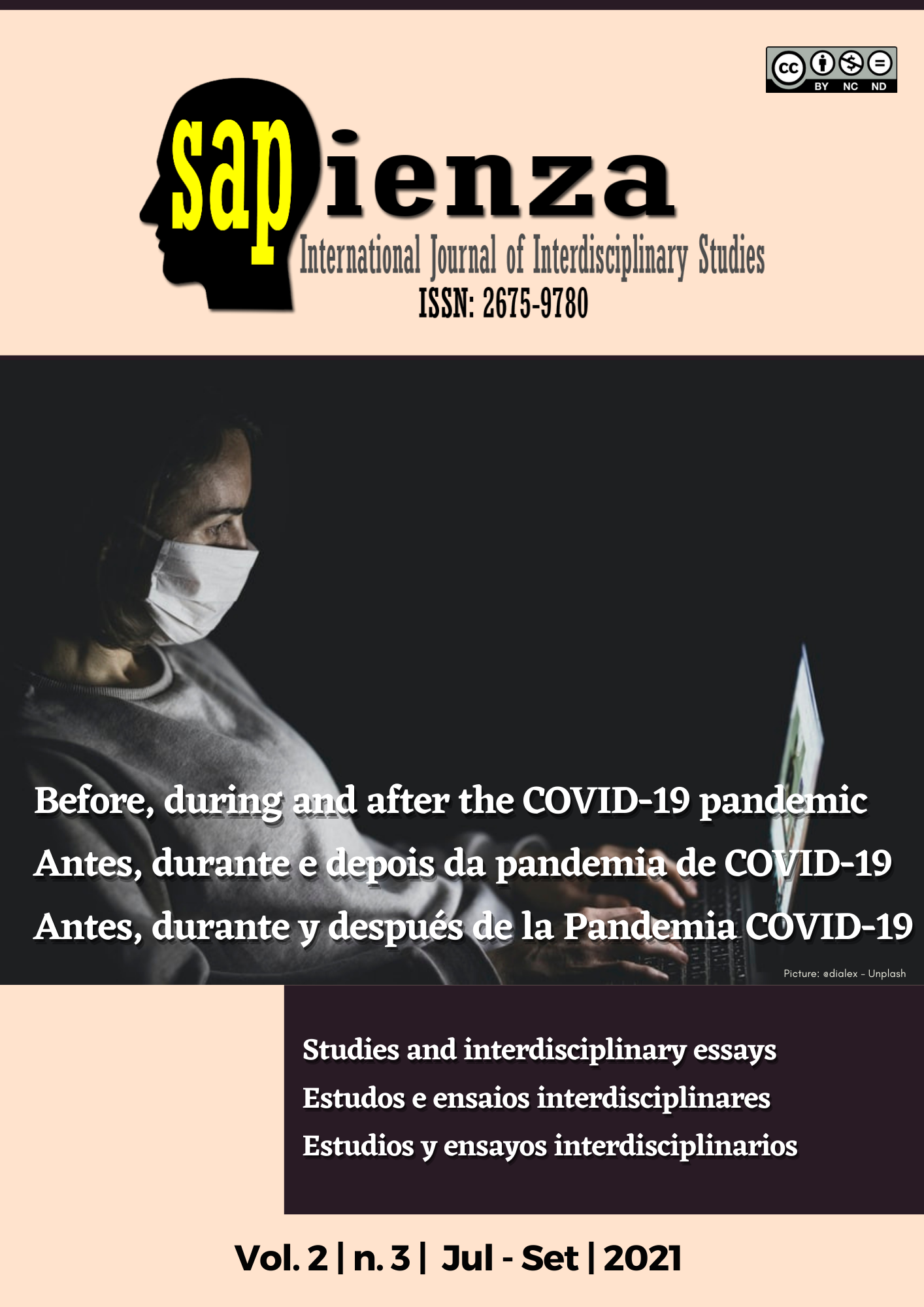Beyond eyesight: communicative competence of senior high school student with visual impairment
DOI:
https://doi.org/10.51798/sijis.v2i3.123Keywords:
communicative competence, visual impairment, senior high schoolAbstract
Research on the performance of students with visual impairment based on educational setting has not been conducted. It was the purpose of this paper to find out the communicative competence of senior high school student with visual impairment. This student including his mother, teacher, classmate and schoolmate participated in the research undertaking. Case study was the mode of inquiry in this study. It utilized triangulation method such as classroom observation, interview and review of available documents. As a result of this study, it was found out that the student has high communicative competence. This means that he is competent communicator in the context in public, meeting, and group or dyad to strangers, acquaintances or friends. It was also suggested that further studies should assess the differential impact of a variety of courses on students’ communication competencies in diverse contexts and describe a communication approach to develop communicative competency of student with visual impairment.
References
Burden of blindness and visual Impairment (2004). Retrieved on October 20, 2015 from http://www.doh.gov.ph/national-prevention-of-blindness-program
Canary & Cody (2000). Assessing competence. Retrieved on September 10, 2016 from:https://www.oercommons.org/authoring/6192-communication competence/view
Kleinert, J., Holman, A., McSheehan, M., & Kearns, J. (2010). The Importance of Developing Communicative Competence. Synthesis Report #. Lexington, KY: University of Kentucky National Alternate Assessment Center. Retrieved fromhttps://www.hdi.uky.edu/Media/Default/Documents/DevelopingCommunicativeCompetence.pdf
Lanes (2009). Communication competence defined. Retrieved on January 2, 2017 from http://www.uky.edu/~drlane/capstone/commcomp.htm
NCLRC: The Essentials of Language Teaching (2003). Goal: Communicative competence. Retrieved on September 10, 2016, from:
http://www.nclrc.org/essentials/goalsmethods/goal.htm
Orr & Rogers (2002). Understanding Visual Impairment. Prevention of blindness program. Retrieved on October 20, 2015 from http://www.doh.gov.ph/national-prevention-of-blindness-program
Resources for the Blind, Inc. (2015) List of Enrolment of Students with Visual Impairment: Mindanao
SY 2015-2016.
Saleh, S.E. (2013). Understanding communicative competence. Retrieved on September 10, 2016 from: http://www.bulletin.zu.edu.ly/issue_n15_3/Contents/E_07.pdf
Visual impairment and blindness (2014) Retrieved on October 20, 2015 from http://www.who.int/mediacentre/factsheets/fs282/en/
Wild, T., & Allen, A. (2009). Policy analysis of science-based best practices for students with visual impairments. Journal of Visual Impairment & Blindness, 103 (2), 113-117.
Downloads
Published
How to Cite
Issue
Section
License
Copyright (c) 2021 Daisy M. Corpuz

This work is licensed under a Creative Commons Attribution-NonCommercial-NoDerivatives 4.0 International License.




